The HDB Build-To-Order (BTO) scheme is a cornerstone program in Singapore, offering a gateway to affordable homeownership for many citizens and permanent residents (PRs). However, navigating the application process can seem daunting at first. This comprehensive guide demystifies the HDB BTO application process in Singapore, equipping you with the knowledge and steps to confidently embark on your homeownership journey.
The HDB BTO application process allows you to apply for flats under construction, with a typical waiting time of 2-4 years before key collection. These flats come with significant government subsidies, making them considerably more affordable compared to the private housing market. By understanding and following the application process, you can increase your chances of securing a comfortable and affordable HDB flat that aligns with your needs and budget.
 Compared to the often volatile and expensive private housing market in Singapore, the HDB BTO scheme offers a much more stable and predictable path to homeownership. The significant government subsidies attached to BTO flats can translate to hundreds of thousands of dollars saved, making a dream home a realistic possibility for a wider range of income groups, particularly young couples and middle-income families. This financial accessibility fosters social mobility and allows Singaporeans to invest in their future and build a strong foundation for their families.
Compared to the often volatile and expensive private housing market in Singapore, the HDB BTO scheme offers a much more stable and predictable path to homeownership. The significant government subsidies attached to BTO flats can translate to hundreds of thousands of dollars saved, making a dream home a realistic possibility for a wider range of income groups, particularly young couples and middle-income families. This financial accessibility fosters social mobility and allows Singaporeans to invest in their future and build a strong foundation for their families.
Take the first step towards your dream home today. Contact Ovon-D and let’s embark on this exciting journey together. With our expertise and dedication to your satisfaction, we will ensure that your HDB BTO application process is smooth and successful, and that your new home is everything you’ve dreamed of and more. Your perfect home is within reach – let Ovon-D help you make it a reality.
 Understanding the Significance: Why the HDB BTO Application Process Matters
Understanding the Significance: Why the HDB BTO Application Process Matters
The HDB BTO application process allows you to apply for flats under construction, with a typical waiting time of 2-4 years before key collection. These flats come with significant government subsidies, making them considerably more affordable compared to the private housing market. By understanding and following the application process, you can increase your chances of securing a comfortable and affordable HDB flat that aligns with your needs and budget.
 Compared to the often volatile and expensive private housing market in Singapore, the HDB BTO scheme offers a much more stable and predictable path to homeownership. The significant government subsidies attached to BTO flats can translate to hundreds of thousands of dollars saved, making a dream home a realistic possibility for a wider range of income groups, particularly young couples and middle-income families. This financial accessibility fosters social mobility and allows Singaporeans to invest in their future and build a strong foundation for their families.
Compared to the often volatile and expensive private housing market in Singapore, the HDB BTO scheme offers a much more stable and predictable path to homeownership. The significant government subsidies attached to BTO flats can translate to hundreds of thousands of dollars saved, making a dream home a realistic possibility for a wider range of income groups, particularly young couples and middle-income families. This financial accessibility fosters social mobility and allows Singaporeans to invest in their future and build a strong foundation for their families.
Before You Begin: Eligibility Criteria for HDB BTO Applicants
Before diving into the application process, it’s crucial to ensure you meet the eligibility criteria set by the HDB. Here’s a breakdown of the key factors:- Citizenship and Age: Applicants must be Singapore Citizens (SCs) or Permanent Residents (PRs) who have held their PR status for at least 3 years (36 months) at the time of application. The minimum age requirement is 21 years old.
- Family Nucleus: The HDB recognizes various family structures for BTO applications:
- Married Couples: This is the most common scenario, and married couples can apply for any BTO project.
- Fiancé/fiancée Scheme: Unmarried couples with a confirmed marriage registration date within 6 months of applying can utilize this scheme, but with limitations on project selection (typically non-mature estates).
- Single Singapore Citizen (Singles) Scheme (from July 2024): Divorced or widowed individuals aged at least 35 can apply for a 2-room Flexi flat in non-mature estates under this upcoming scheme.
- Income Ceiling: The combined monthly income of the applicants cannot exceed the income ceiling set by the HDB. This ceiling is reviewed and adjusted regularly.
- Ownership of Other Properties: Applicants (and their spouses or co-applicants) cannot own any private property locally or overseas at the time of application or during the application process. Exceptions exist for certain circumstances, which we’ll explore in the documentation section.
Gathering Your Arsenal: Documents Required for HDB BTO Application
To ensure a smooth application process, ensure you have the following documents readily available:- Personal Identification Documents (ID/Passport): Valid Singpass for online applications and original IDs/Passports for verification.
- Marriage Certificate (if applicable): Original marriage certificate for married couples applying jointly.
- Income Documents: Latest CPF contribution statements or Income Tax Assessment Notices for the past 2 years for both applicants.
- Other Supporting Documents (if applicable): Documents related to property ownership exceptions (explained later) or proof of eligibility under specific schemes (e.g., Married Child Priority Scheme).
Navigating the Application Journey: Step-by-Step Guide
The HDB BTO application process involves several crucial stages:- Registration for BTO Sales Launch: Register your interest for upcoming BTO launches on the HDB website. This ensures you receive notifications and application details when new BTO projects are announced.
- Check Eligibility: Before applying, utilize the HDB’s online eligibility checker to confirm if you meet the basic criteria. This saves time and avoids potential disappointment.
- Submit Application: During the application window for a specific BTO launch, submit your online application through the HDB website. Ensure all information is accurate and complete.
- Balloting Process: The HDB conducts a computer ballot for all applications received within the stipulated timeframe. This ballot determines your queue position for selecting a flat.
- Selection of Unit: Based on your balloting queue position, you will be given a specific date and time to select your preferred flat from available units within your chosen project.
- Signing of Agreement for Lease: If you successfully select a flat, you will be required to sign the Agreement for Lease (APL) within the stipulated timeframe. This agreement formalizes your purchase of the HDB flat.
- Payment of Fees: After signing the APL, you will need to pay the initial downpayment and other associated fees for your HDB flat.
Staying on Track: Important Dates and Timeline
Understanding key dates is crucial for a successful application:- Application Period: This is typically a one-week window announced alongside the BTO launch details. Don’t miss this window, as applications are not processed on a first-come, first-served basis.
- Balloting Dates: The HDB conducts balloting within a few weeks after the application period closes. Specific dates are announced beforehand.
- Unit Selection Period: Following the balloting, successful applicants will be notified of their queue position and allocated a specific date and time for flat selection. This selection typically occurs within a few months of the balloting.
- Key Collection: The waiting time for key collection after selecting your flat can vary between 2-4 years, depending on the project’s construction progress. The HDB will keep you updated on the estimated completion date.
Making Informed Decisions: Factors to Consider During Application
While securing your dream HDB flat is exciting, consider these crucial factors before finalizing your application:- Location Preferences: BTO projects are spread across various locations in Singapore. Consider factors like proximity to work, family, amenities, and public transportation when choosing your preferred project.
- Budget Constraints: While HDB flats are significantly more affordable than private properties, factor in additional costs like renovation, furnishing, and potential CPF housing grants you may be eligible for. Ensure your overall budget aligns with the chosen flat type and location.
- Housing Needs: Consider the number of bedrooms and overall space required based on your current and future family size. HDB offers various flat types (e.g., 2-room Flexi, 3-room, 4-room) to cater to different needs.
- Future Planning: Think about your long-term plans. Will the flat accommodate your needs as your family grows or career progresses? Consider the potential for upgrading to a larger HDB flat in the future.
Avoiding Pitfalls: Common Mistakes During the HDB BTO Application Process
A little preparation goes a long way. Here are some common mistakes to avoid:- Incomplete Documentation: Ensure you have all required documents properly scanned or uploaded before starting the online application. Missing documents can delay processing.
- Missing Deadlines: Be mindful of all application deadlines, including the BTO launch registration, application window, and unit selection appointment. Missing deadlines can disqualify your application.
- Incorrectly Filling Application Forms: Double-check all information entered in the online application forms for accuracy. Errors can lead to delays or even application rejection.
- Not Understanding Eligibility Criteria: Familiarize yourself with the eligibility requirements before applying. Failing to meet the criteria can lead to disappointment and wasted effort.
Reaping the Rewards: Benefits of Applying for HDB BTO
The HDB BTO application process, while requiring careful planning and adherence to guidelines, offers numerous benefits:- Affordable Homeownership: HDB flats are significantly more affordable compared to the private housing market, making homeownership a realistic goal for many Singaporeans.
- Government Subsidies: The HDB offers substantial subsidies on BTO flats, further reducing the financial burden for buyers.
- Long Leasehold Tenure: HDB flats come with a 99-year leasehold tenure, renewable for another lease term, providing stability and long-term ownership.
- Vibrant Communities: BTO projects are often strategically located near amenities and public transportation, fostering a sense of community and convenience.
Additional Tips for Success
- Regularly check the HDB website for upcoming BTO launches and application details.
- Attend HDB informational sessions to gain a deeper understanding of the process and available schemes (e.g., Married Child Priority Scheme).
- Consider seeking professional advice from a property agent specializing in HDB flats, especially for complex situations.
Considering the Unforeseen: Special Cases and Appeals Process
While the outlined process caters to most applicants, there can be unforeseen circumstances. Here’s how the HDB addresses special cases:- Divorced/Widowed Individuals (Before July 2024): Currently, these individuals face limitations in applying for BTO flats. However, they can explore the resale market or consider the upcoming Single Singapore Citizen (Singles) Scheme for 2-room Flexi flats in non-mature estates (applicable from July 2024).
- Non-traditional Family Types: The HDB does not currently recognize unmarried couples (beyond the Fiancé/fiancée scheme) or same-sex couples for BTO applications. However, they can consider the resale market or advocate for policy changes in the future.
- Exceptions to Property Ownership: The HDB acknowledges situations where applicants might own another property due to inheritance or other circumstances. In such cases, applicants can submit an appeal explaining their situation and seeking consideration for eligibility. The HDB will evaluate each appeal on a case-by-case basis.
Conclusion: A Gateway to Homeownership Awaits
The HDB BTO application process can seem daunting, but with proper preparation and a clear understanding of the steps involved, you can confidently navigate the system and increase your chances of securing your dream HDB flat. Remember, the benefits of HDB BTO – affordability, government subsidies, long leasehold tenure, and vibrant communities – make it a highly attractive option for many Singaporeans seeking a comfortable and affordable place to call home.Ovonites

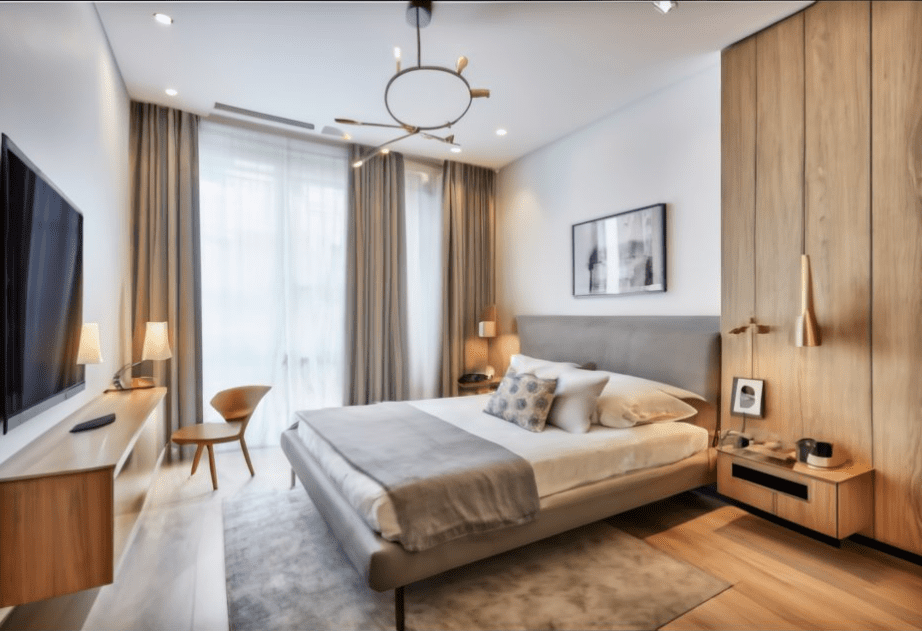
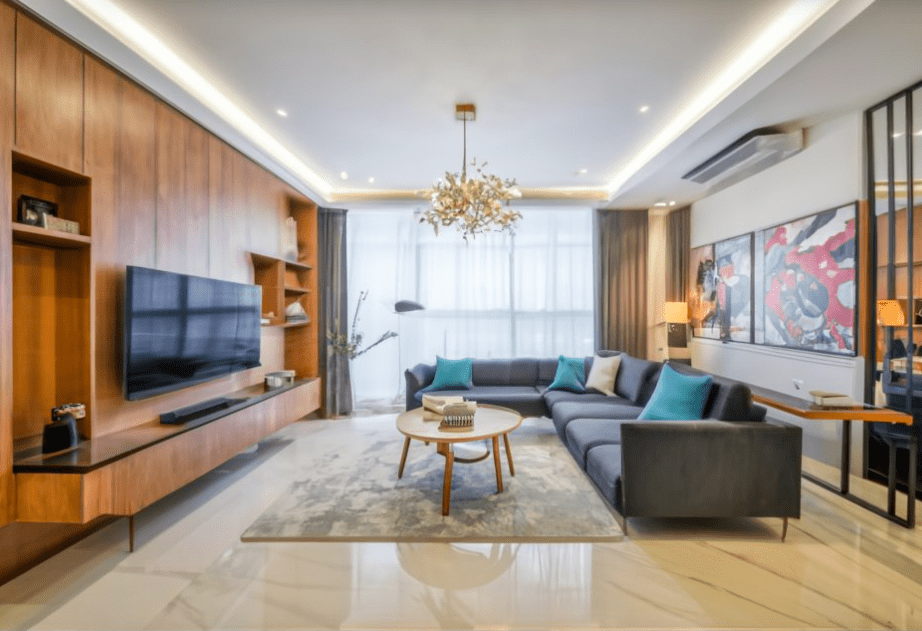
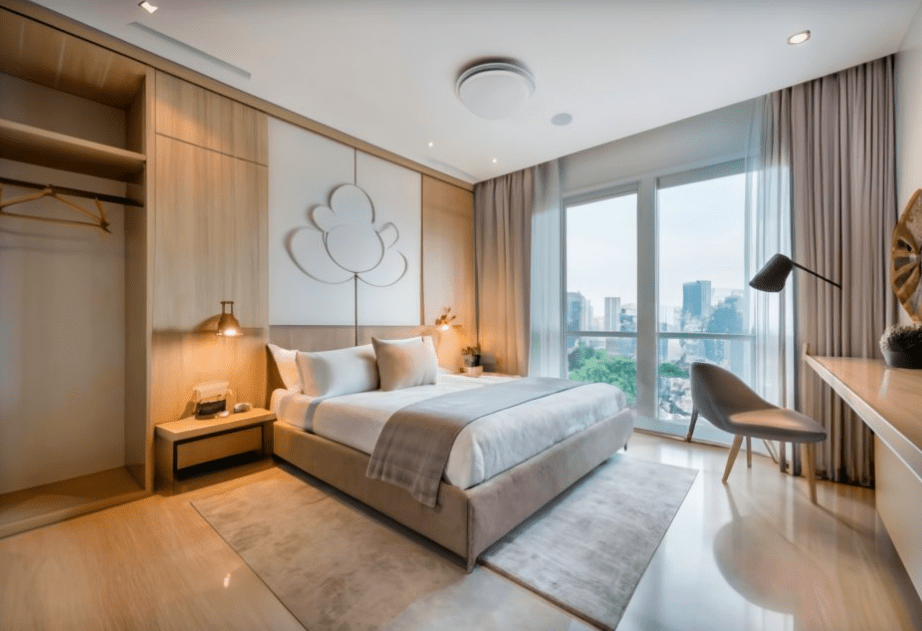
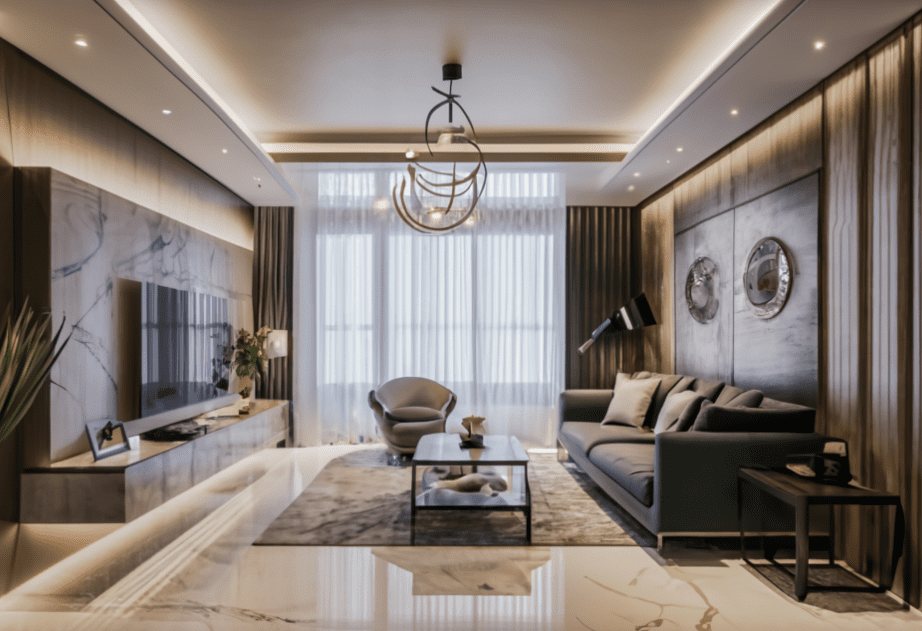






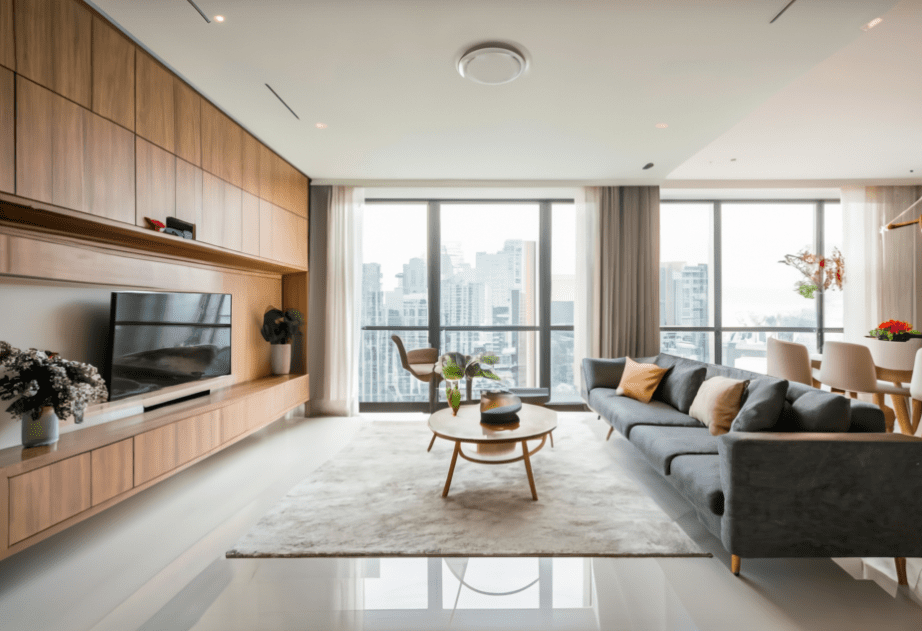 Setting the Stage: An Overview of HDB BTO in Singapore
Setting the Stage: An Overview of HDB BTO in Singapore





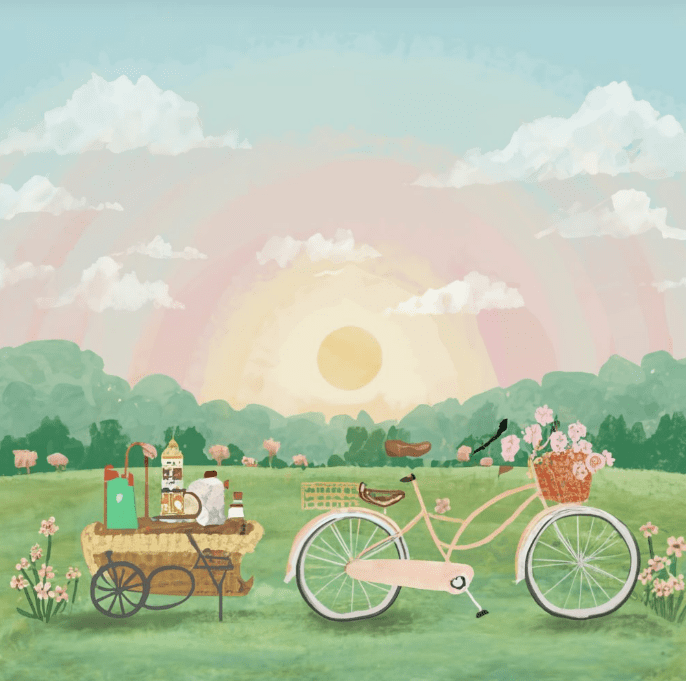




 Achieving Minimalist Elegance: Enhancing Designs with Monochromatic Color Schemes
Achieving Minimalist Elegance: Enhancing Designs with Monochromatic Color Schemes Delving into the Psychology of Bold and Vibrant Colors
Delving into the Psychology of Bold and Vibrant Colors Real-world Examples of Memorable Designs Using Bold and Vibrant Colors
Real-world Examples of Memorable Designs Using Bold and Vibrant Colors
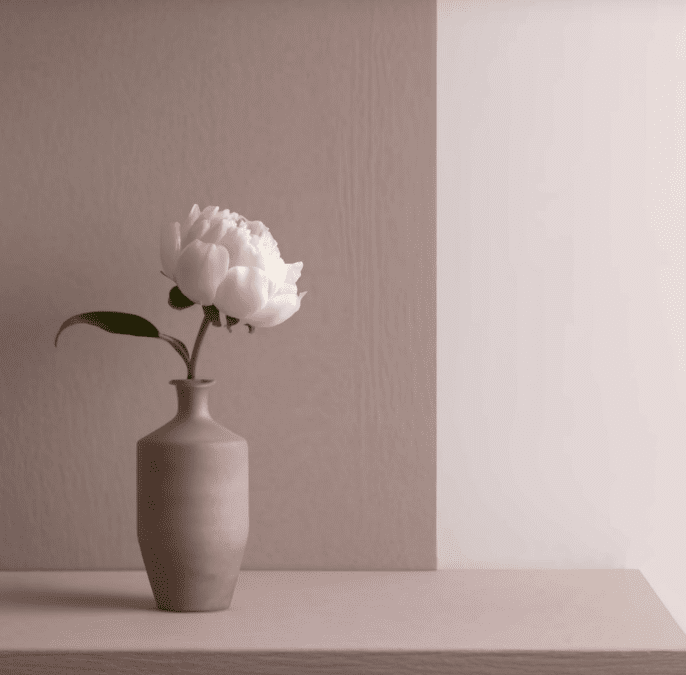 Creating Contrast and Depth with Neutral Colors
Creating Contrast and Depth with Neutral Colors Showcasing Inspirational Examples
Showcasing Inspirational Examples

 Non-toxic Preservatives: Utilizing Natural Substitutes for Formaldehyde
Non-toxic Preservatives: Utilizing Natural Substitutes for Formaldehyde




